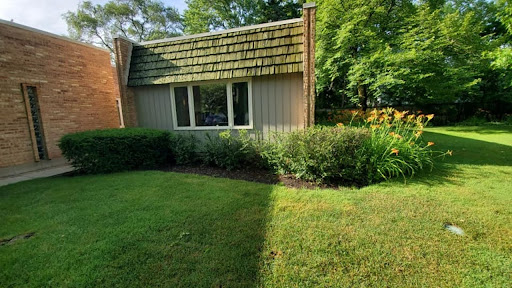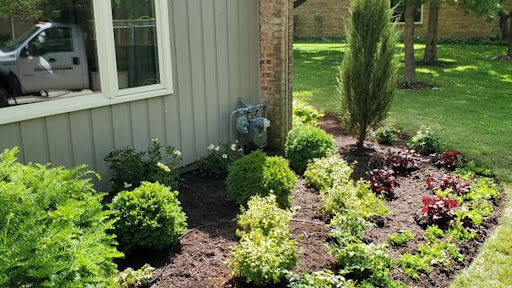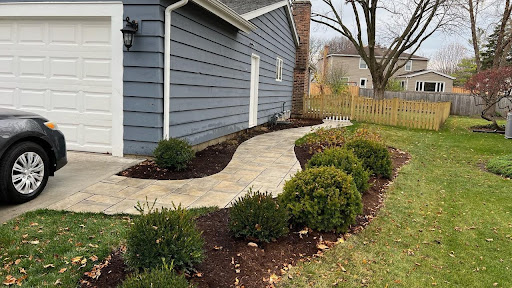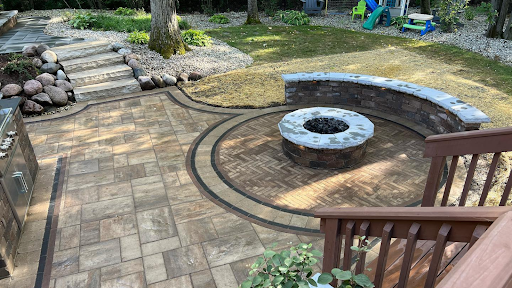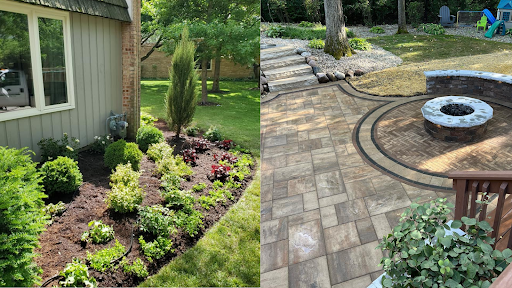What Are Some Plants Commonly Used In Landscaping?
Some plants commonly used in landscaping include evergreens like juniper and boxwood, flowering plants such as hydrangeas and lavender, ornamental grasses like blue fescue, trees such as oak and birch, and groundcovers like creeping thyme and vinca. Landscaping transforms outdoor spaces, creating environments that are both beautiful and functional. Whether you’re designing a garden or…
Details




